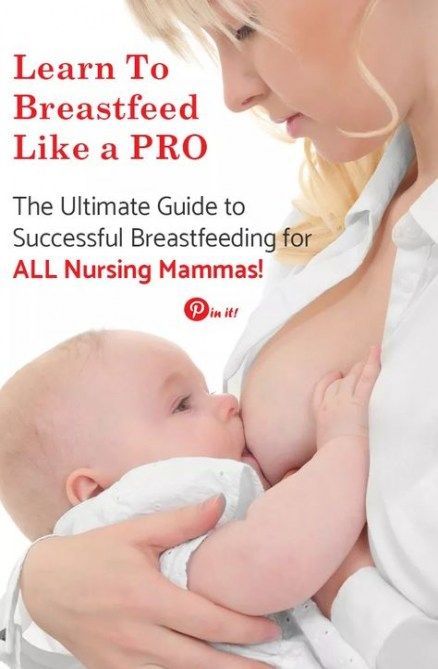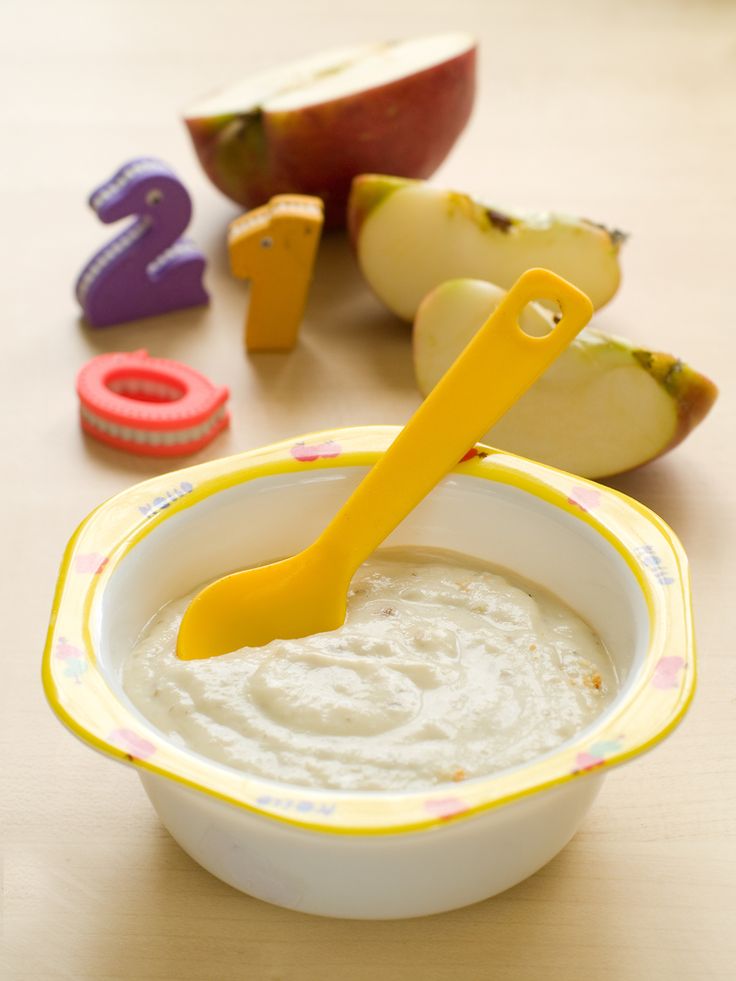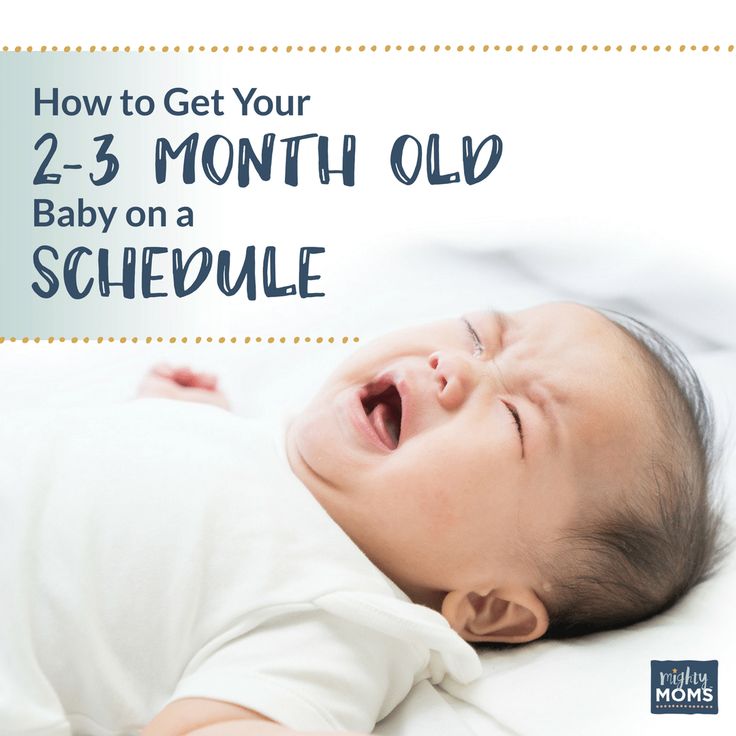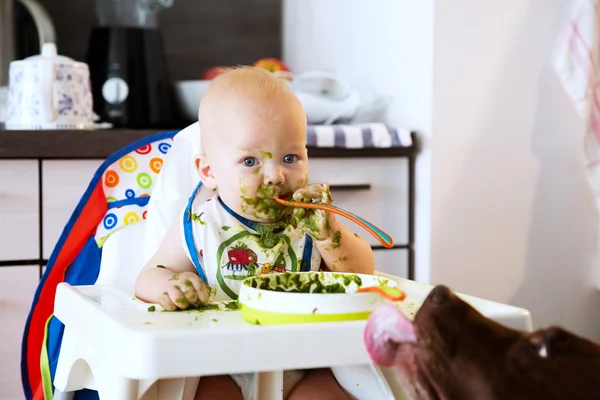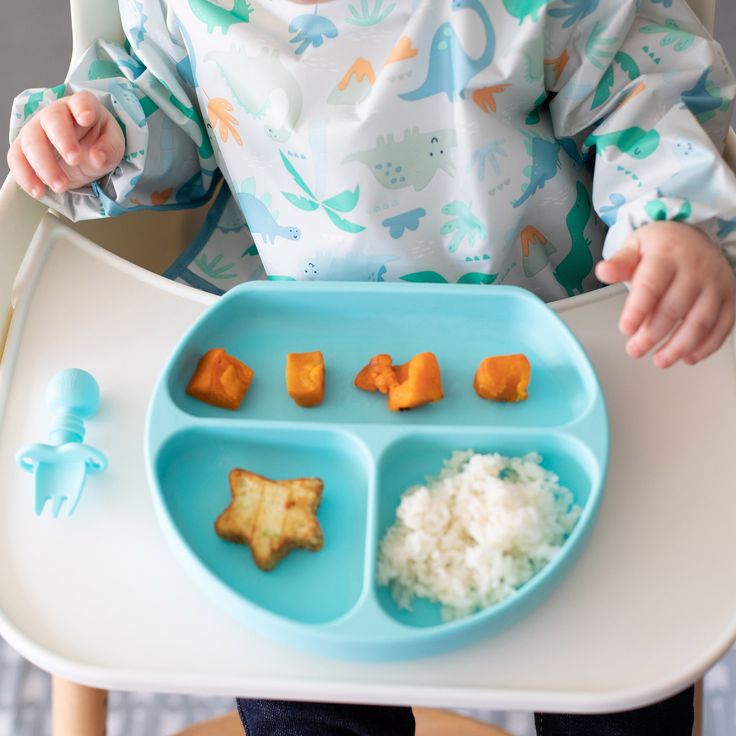What kind of milk do you feed baby rabbits
Caring for Newborn Baby Rabbits
IF THESE ARE WILD BABIES
It’s that time of year again. Wild babies everywhere. But are they at risk?
Wild rabbits hide their nests in plain view, often in the middle of your yard, bushes, etc. If you find a nest that has been disturbed, do the best you can to restore it and leave the babies in there. If a dog discovers the nest, do your best to restore it (with grass, leaves, whatever mama has used), make sure the kits are in there, and find a way to keep the dog(s) away from the nest. Mama will return for her babies and taking them away will seriously decrease their chance of survival. If you do not see the mama—DON’T WORRY—they only nurse their babies a few minutes a day, then they stay away so as to not draw predators to the nest.
If a kit is injured or an animal brings you an injured baby, if you have no choice but to help a baby, please do not try to care or it yourself—-get it to a rabbit vet or a wildlife rehabilitator
- Local wildlife rehabilitator: https://www.
nwrawildlife.org
- List of rabbit vets: http://rabbit.org/vet-listings/
The best thing you can do for wild babies is to leave them alone (restored to the nest) or, if injured, get them to a rabbit vet or wildlife rehabilitator.
DOMESTIC/PET RABBITS
WHERE TO PUT THE BABIES
Make the babies a soft nest area in a box with clean towels. We like to put one folded towel on the bottom and another bunched on top of that, so the babies can snuggle into it. You can also purchase soft nesting wool from a pet store and put that on top of the towel. You can also take whatever nesting material they were in and put it in the box as well. Cover the box almost entirely with a light towel, making sure that there will be enough air so the babies do not suffocate. Leaving about a one inch gap at the top is usually sufficient. Keep the babies in an out-of-the way, QUIET area, such as an adult’s bedroom. If the room temperature is between 68-72 degrees you will not need to provide extra heat, but if it’s cooler than that you will need to provide extra warmth.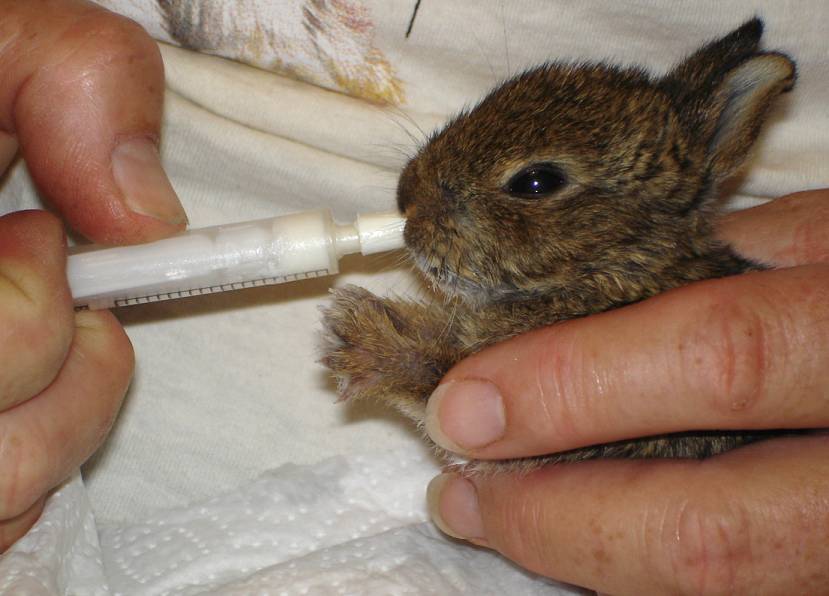 Use a heating pad set on low and slip it under one half only of the box. We do it this way so that the babies can move to a cooler area if it gets too warm. DO NOT put babies directly on heating pad, as babies can burn themselves very badly.
Use a heating pad set on low and slip it under one half only of the box. We do it this way so that the babies can move to a cooler area if it gets too warm. DO NOT put babies directly on heating pad, as babies can burn themselves very badly.
If the babies were with their mamma, but she is not caring for them (and you are sure she is ignoring them) you may need to separate her from them so they will not get hurt. Rabbit milk is very caloric and the kittens (baby rabbits) only nurse for a few minutes a day, so if you think that she is not caring for them based only on the fact you don’t see them feed…think again. If you do think they are being neglected, you can check: Are they cold? Are they making crying sounds for more than a few minutes before (or at) feeding time? Are they blue? Is the skin shriveled? Check for dehydration: gently pinch together the skin at the nape of the neck. If it sticks together or stays in a tent, they are dehydrated.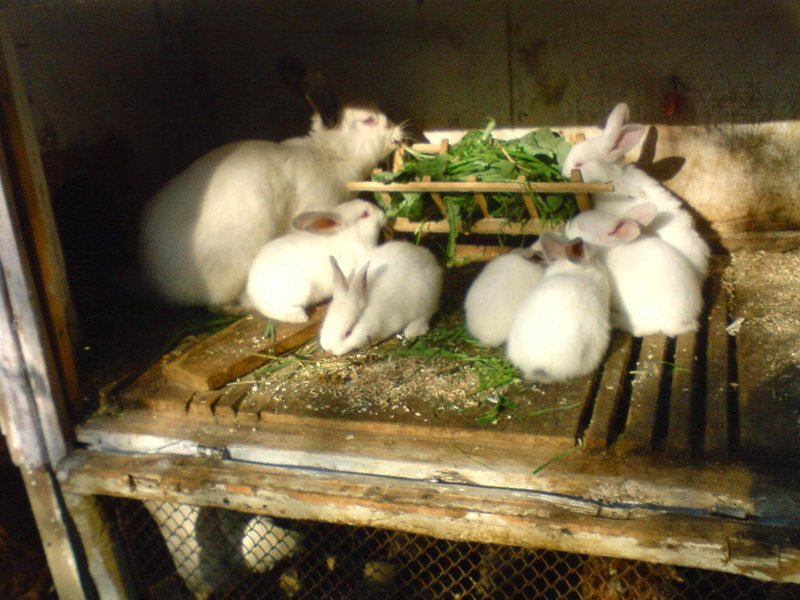 A healthy kit has a round belly, is warm, gains weight on a daily basis, and snuggles with its litter mates. If they are dehydrated, cold, losing weight or becoming injured, of course, something must be done
A healthy kit has a round belly, is warm, gains weight on a daily basis, and snuggles with its litter mates. If they are dehydrated, cold, losing weight or becoming injured, of course, something must be done
WHAT TO FEED THE BABIES
Baby rabbits should be fed Kitten Milk Replacer (KMR) or goat milk, which you can buy at pet stores, or sometimes even a local veterinarian’s office. Because rabbit milk is the most caloric of all mammals, we add in one tablespoon of 100% heavy whipping cream (no sugar) to each can of KMR. Most kits will not nurse from the baby animal bottles you can buy at stores. Instead, use a sterile oral syringe, which can be purchased at most pharmacies. A better alternative are these nipples, which come the a syringe, but you may not be able to find them locally/right away (link).
It is best to feed baby rabbits no more than twice a day, but sometimes it takes more feedings to get an adequate amount into them, especially at first.
How much to feed varies greatly on what breed of rabbit you are feeding, and how big the kit is, but here is a basic guideline for the daily amount to feed a domestic rabbit who will be approximately 5-6 pounds as an adult (average rabbit size). You can increase the amounts as needed for larger breeds.
To help the kits maintain healthy gut bacteria, go to your local health food store (and get a bottle of ACIDOPHILUS. Ask for the capsules that have the “grainy stuff” inside (they are easier to mix than the “powdery stuff”) and add a bit to the formula at each feeding.
ALL amounts below should be divided into two feedings per day.
- Newborn – 1 week
- 4-5 cc formula
- 1-2 weeks
- 10-15 cc formula
- 2-3 weeks
- 15-30 cc formula
- 3-6 weeks, until weaned
- 30 cc formula
HOW DO I DO THIS?
Baby rabbits feed from their mothers while lying on their backs. You may loosely wrap baby in a soft face cloth or hand towel and lay it on your lap or in the crook of your arm. If bunny will NOT eat this way, of course, do the best you can. It is ABSOLUTELY CRUCIAL to let the baby eat at it’s own pace—especially if it is not suckling from the syringe willingly. If you squirt the liquid in too quickly you can aspirate (get liquid in) the lungs and the rabbit will suffocate.
You may loosely wrap baby in a soft face cloth or hand towel and lay it on your lap or in the crook of your arm. If bunny will NOT eat this way, of course, do the best you can. It is ABSOLUTELY CRUCIAL to let the baby eat at it’s own pace—especially if it is not suckling from the syringe willingly. If you squirt the liquid in too quickly you can aspirate (get liquid in) the lungs and the rabbit will suffocate.
Until their eyes open (10 days): After each feeding it is important to make the bunny defecate and urinate to keep the intestinal tract and urinary system running smoothly. Use a soft cloth or a cotton ball moistened with warm water and gently stroke the genital area until the bunny starts producing stool and urine. Keep stroking until the bunny stops. You are replicating the behavior of the mother rabbit who would lick her young to stimulate them to go to the bathroom. The stool will be soft and may be varying shades of green and yellow.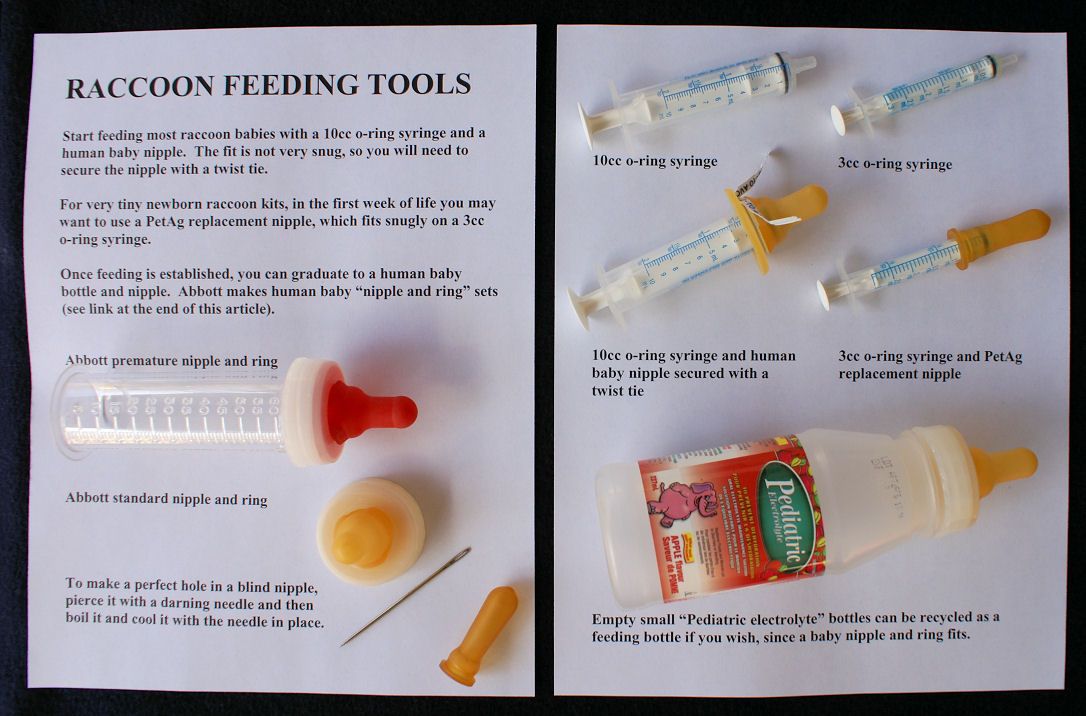 If the urine is brown and gritty, the buns are not adequately hydrated and you need to get them to a rabbit vet ASAP—-it is an emergency. Be sure to clean baby’s mouth with a damp cloth or paper towel, so that no milk dries in the hair.
If the urine is brown and gritty, the buns are not adequately hydrated and you need to get them to a rabbit vet ASAP—-it is an emergency. Be sure to clean baby’s mouth with a damp cloth or paper towel, so that no milk dries in the hair.
Baby rabbit eyes open at about 10 days of age. You may start introducing them to hay and pellets at this point, but no veggies or fruits yet. Just leave some timothy or orchard and alfalfa hay and pellets in a corner of the box where the babies can easily get to them. Make sure it the pellets are plain, high fiber and fresh, with no added goodies such as dried banana chips or seeds. Don’t ever leave a deep water dish in which a baby could drown; instead, use something shallow and rinse and fill it frequently.
If you have any questions, please contact us.
Feeding Baby Rabbits - Is Cow Milk Safe?
*This post may have affiliate links, which means I may receive commissions if you choose to purchase through links I provide (at no extra cost to you). As an Amazon Associate I earn from qualifying purchases. Please read my disclaimer for additional details.
As an Amazon Associate I earn from qualifying purchases. Please read my disclaimer for additional details. Like many other mammalian babies, baby rabbits need milk to survive at birth. They can’t survive without milk. But what happens when the mother rabbit is not on hand to feed the baby rabbit? When the mother is absent, baby rabbits can survive on other types of milk but only a few types.
So can baby rabbits drink cow milk? No, it is not advisable to feed baby rabbits with cow milk.
Baby rabbits should not be fed cow milk. Rabbits have delicate stomachs and cannot vomit. Cow milk contains high levels of substances that cannot be digested by rabbits. These substances can become toxic in the stomach of the rabbits and since rabbits cannot vomit, they become sick or die.
Due to the sensitivity of their stomachs, you have to be very careful while feeding baby rabbits. There are some things you should know before you start feeding them.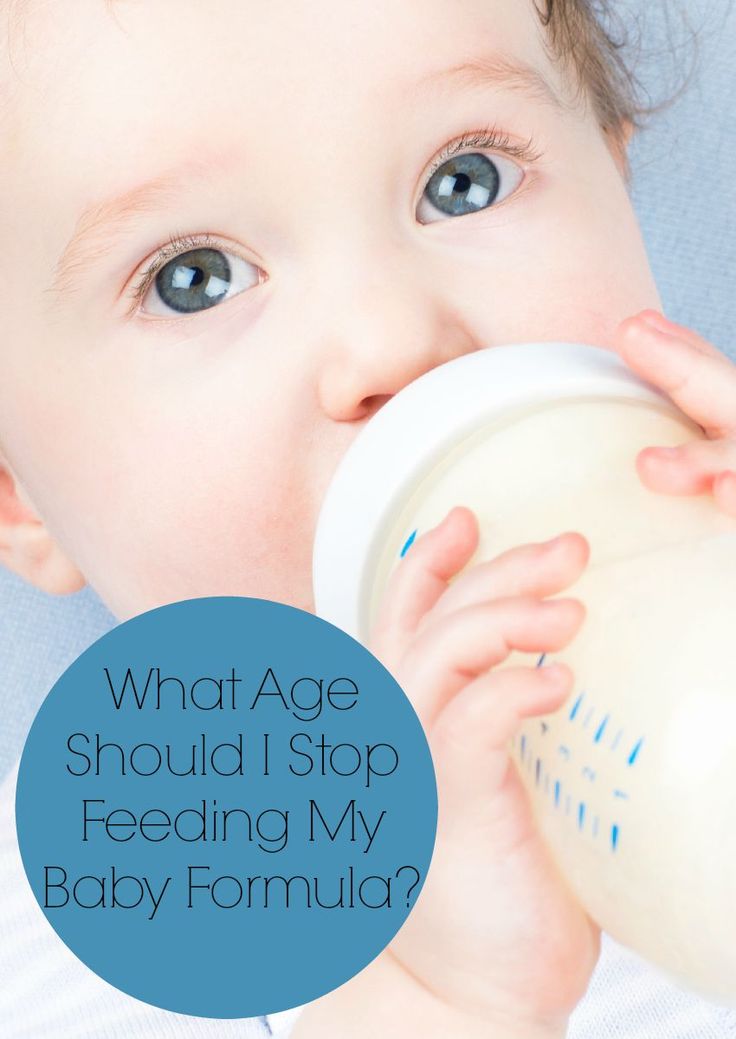 These things are discussed thoroughly in the rest of this article.
These things are discussed thoroughly in the rest of this article.
Table of Contents
What Types of Milk Is Best for Baby Rabbits
By now you know not to feed your baby rabbit with cow milk. The presence of hormones, lactose, drugs, and pus in cow milk spells danger for baby rabbits. But if they cannot drink cow milk, what type of milk can they drink?
The best milk for baby rabbits is the special formula called Kitten Milk Replacer (KMR). KMR contains whey protein, probiotics, vitamins, prebiotics, fat, and carbohydrates.
These ingredients are present in similar quantities like natural rabbit milk. KMR basically mimics the milk from mother rabbits.
View this post on Instagram
A post shared by Nyein Chan Lu (@nyein_chan_lu) on
KMR usually comes in powder form.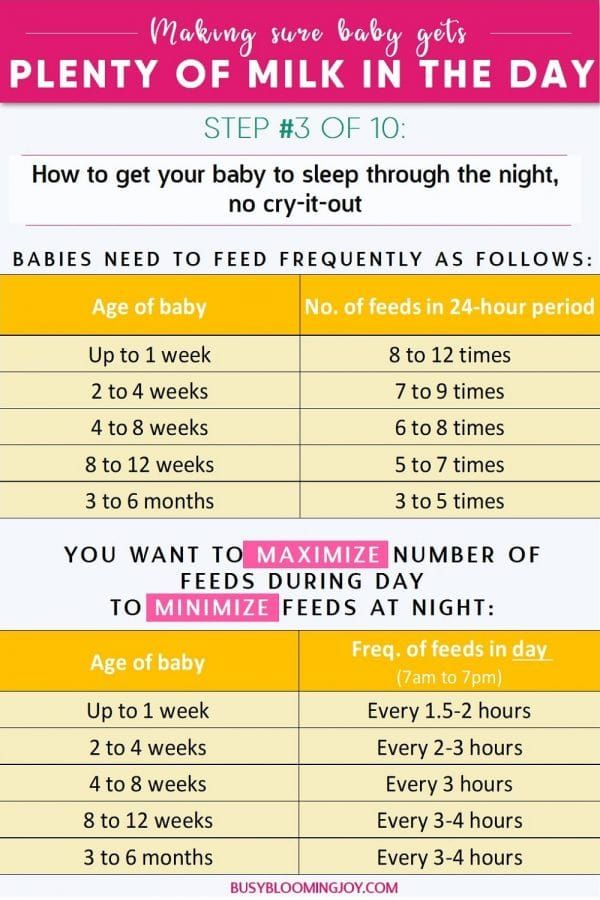 You dissolve this powder in warm water and stir until it becomes like milk.
You dissolve this powder in warm water and stir until it becomes like milk.
Unlike cow milk, KMR can easily be digested by baby rabbits.
Apart from KMR, another type of milk that you can feed your baby rabbit is goat milk. But you must be cautious with goat milk. There are many goat species and the content of their milk may vary significantly. Many experts recommend milk from Meyenburg goats over other types of goat milk.
Wild rabbits would tolerate goat milk more than domestic rabbits. So, if you have domestic rabbits, KMR is the best for them.
Goat milk contains less lactose, protein, and fat than cow milk. Also, goats are not treated with hormones in the same way cows are. These are the reasons goat milk is easier to digest for rabbits and why it is more tolerable.
Feeding a Baby Rabbit
Baby rabbits cannot be fed arbitrarily because of their sensitive stomach. The volume of feed to give them and the frequency of feeding are limited.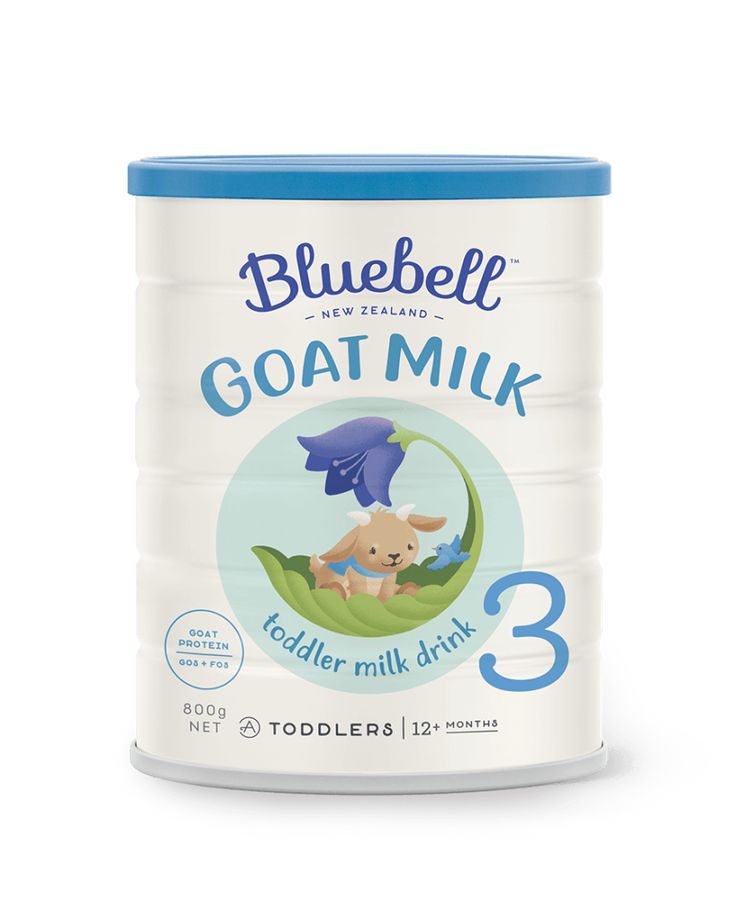 Rabbits require infrequent feeding with small volumes of feed.
Rabbits require infrequent feeding with small volumes of feed.
If you try to feed a baby rabbit more times than you should or with more volume of milk than you should, the rabbit may die.
At birth, feeding them 2 – 2.5 ml twice daily is recommended but this should be increased every week until feeding stops. Baby rabbits should never be fed more than twice a day.
View this post on Instagram
A post shared by Ivana MS (@ivana.ms) on
Apart from feeding volume and frequency, you must pay attention to the feeding posture. Baby rabbits should be fed while they are in an upright position. Feeding them in other positions may lead to choking and that can be fatal.
You should get a syringe, a special feeding bottle for rabbits, or a dropper to feed them. Ensure that these items are sterilized/disinfected before you use them. With any of these feeding apparatus, you can feed the rabbit slowly. Rushing the feeding process can cause the rabbit to choke.
Recommended Feeding Volume
At different ages, these are the volume of milk recommended per feeding for baby rabbits:
| Age | Volume of Milk for Each Feeding |
| 0 – 7 days | 2 – 2.5 ml |
| 1 – 2 weeks | 5 – 7 ml |
| 2 – 3 weeks | 7 – 13 ml |
| 3 – 6 weeks | 13 – 15 ml |
How to Know If the Baby Is Still Young Enough to Be Drinking Milk
For about 3 weeks, baby rabbits consume only milk. But between week 3 and week 5, most baby rabbits would have started eating some solid vegetables alongside their milk. Milk is essential at this point because it eases the transition.
Solid food will introduce new microorganisms into the stomach of the bunnies. Knowing how sensitive their stomachs are, these microorganisms can be harmful to them. But with milk, there would be no harm because the nutrients help the bunnies adjust to the emerging flora.
Some bunnies stop yearning for milk between 6 – 8 weeks. But for those who still thirst for milk by the 8th week, you may start to wean them. You can do this by diluting the milk with clean water bit by bit until they no longer thirst for milk.
What You Should Do If You Find Baby Rabbits Without Their Mother
If you ever come across a nest of baby rabbits without a mother, your first instinct should not be to pick them up or take them home. In many cases, the little bunnies are not orphaned. Their mothers leave them in the nest as a way to protect them.
Mother rabbits build their nests in places they consider to be safe. They feed their babies once or twice daily.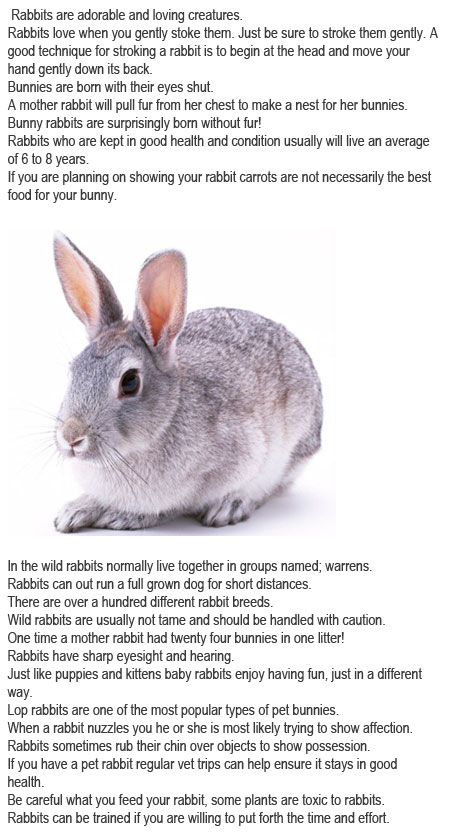 Then they leave the babies in the nest for as long as 23 hours. They do this knowing the babies can survive on the high-calorie content of their milk.
Then they leave the babies in the nest for as long as 23 hours. They do this knowing the babies can survive on the high-calorie content of their milk.
The mothers can outrun predators with ease. But the babies would be helpless. By staying away from the babies for the most part of the day, the babies have a higher chance of survival.
So, when you see baby rabbits alone in a baby nest leave them until you are sure that they are truly orphaned.
If you see the following signs, then the baby rabbits are most likely orphaned:
- Wrinkled and cold skin
- Blue-tinted skin
- Shrunken stomach
If you see these signs, you should contact a wildlife center. But if these signs are absent, you may check back after a day to be sure that they are not orphaned.
Cow milk is toxic to baby rabbits and should not be given to them under any circumstance. If the mother rabbit is unavailable to feed the babies, Kitten Milk Replacer (KMR) and goat milk are the best alternatives.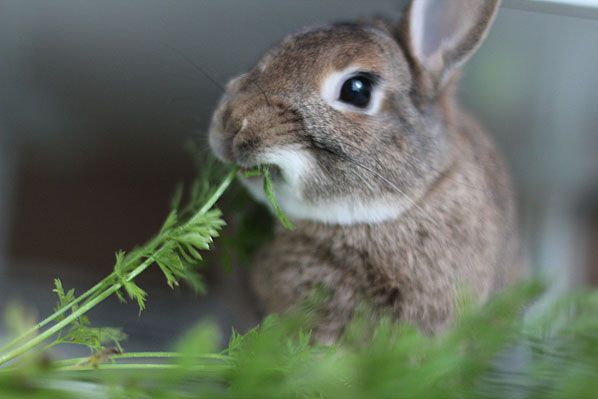 These types of milk are non-toxic and they contain nutrients that can be digested by baby rabbits.
These types of milk are non-toxic and they contain nutrients that can be digested by baby rabbits.
Resources
The following sources were used in this article:
- https://www.rabbitcaretips.com/can-baby-rabbits-drink-cow-milk/
- https://www.petsial.com/can-baby-rabbits-drink-cows-milk/
- https://animals.mom.me/kind-milk-give-newborn-bunnies-10208.html
- http://www.bio.miami.edu/hare/orphan.html
What to do and how to feed baby rabbits without a female rabbit, artificial feeding of baby rabbits without a mother
Many rabbit breeders face the problem of a female refusing or being unable to feed her offspring. Babies are simply left to fend for themselves. If this happened to you, don't despair. After all, animals can be raised to their feet with the help of artificial nutrition. How to feed rabbits without a rabbit, find out with us.
Contents
- 1 Is it possible?
- 2 Nutrition Rules
- 2.
 1 Milk
1 Milk - 2.2 Kozie milk
- 2.3 Herbal granules
- 2.4 Artificial mixtures
- 2.
- 3 Power of Orphans at a different age 9000 3.3 At the age of 17-30 days
- 3.4 When to switch to an adult diet?
- 4.1 Similar items
Is it possible?
Of course, it is quite possible to organize the feeding of rabbits left without a mother by yourself. The organization will take you some time, you will need syringes, nipples, mixtures or milk directly, but the result will please. Often, rabbits fed with milk and milk mixtures grow up even stronger than those that were next to their mother. But why kids remain orphans, you can find out from our previous article.
In addition to feeding rabbits by a person, you can use another method - to plant babies with another nursing mother. With the right approach, she will take care of the orphans as if they were her own. But in this case, you should carefully select the female, because not everyone will agree to feed "foreign" children. If you don’t have any other nursing rabbits on the farm, except for the one that left her cubs, do not be alarmed.
But in this case, you should carefully select the female, because not everyone will agree to feed "foreign" children. If you don’t have any other nursing rabbits on the farm, except for the one that left her cubs, do not be alarmed.
Nutrition Rules
As you know, for any newborn babies, including rabbits, feeding with mother's milk is best. There are other options, but only this product is suitable for the smallest rabbits. Next - more about the products that can be used to feed rabbits.
Cow's milk
The first product that all livestock breeders turn to is cow's milk. Feeding pure cow product is not suitable for rabbits - it is too different from mother's milk. If you intend to feed newborn rabbits with cow's milk, dilute it in equal proportions with regular condensed milk. This increases fat content and nutritional value. From the first days, you need to do 5 feedings, giving the fluffies 1 ml of such mixed milk per dose, and then, as they grow older, gradually increase the portions.
Goat milk
If you do not consider cow's milk as an acceptable option, you can choose goat's milk. It is no less beneficial for little rabbits than that produced by the mother, and it does not need to be mixed with other types of foods. Some farmers give Acidophilus in a mixture with goat's milk, but it is better to check its dosage with a veterinarian. Goat milk is given to rabbits from birth, 2 ml twice a day. From the beginning of the second week of life - 5 ml twice a day.
Herbal granules
Feeding orphans in the first weeks should be only dairy. You can make a combination of herbal granules with milk only from 3 weeks or from the 1st month of life, if the babies are developing well. Newborn rabbits should not be given such a nutritional supplement, otherwise they will have stagnation in the intestines! The amount of herbal granules after 30-40 days of life is calculated by the amount of weight (about 3% of the total weight of the animal). Each serving must be weighed, as pellets from different manufacturers weigh differently.
Each serving must be weighed, as pellets from different manufacturers weigh differently.
Artificial mixtures
Formula-fed formula-fed rabbits are a good option as they are nutritious and digestible. You need to make such a milk "porridge" by diluting the mixture more concentrated than indicated in the instructions. Feeding mixtures in the first week of life of rabbits should be built according to the schedule.
If the babies are gaining weight well, well-fed, they do not have indigestion, it will be noticeable immediately. From the 1st day of life to the 7th, the mixture is given 5 ml 3 r / day, from 7 to 25 days - twice a day, 20 ml each, increasing by the end of the month each meal to 60 ml.
Experienced livestock breeders are advised to leave rabbits in cages with various special feeds and finely chopped vegetables from the age of 17 days, because it is at this age that their teeth change. The replacement of teeth stops at the age of 45 days, the animals finally stop eating milk and milk formulas. Also, rabbits are weaned from their mother if they are suckling.
Also, rabbits are weaned from their mother if they are suckling.
Important! Rabbits have a well-developed instinct to imitate their relatives. From 14 days of life to 30, you can offer them finely grated carrots, a small amount of dry rabbit food, greens.
Feeding orphans at different ages
We figured out that small rabbits may even need to be fed milk, as well as powdered milk mixtures similar to mother's milk. Herbal granules up to a certain age must be said "no". How exactly to feed your newborn pets from the moment they are born? And when should you switch to a more adult diet so that the transition is natural? Let's find out more about this.
Newborns
A newly born or day old rabbit is fed with milk or formula. On the first day, we give food literally drop by drop, making sure that the rabbit's tummy does not overflow. Little fluffies still do not have an understanding of how much liquid they need to suck out, they will drink how much you give.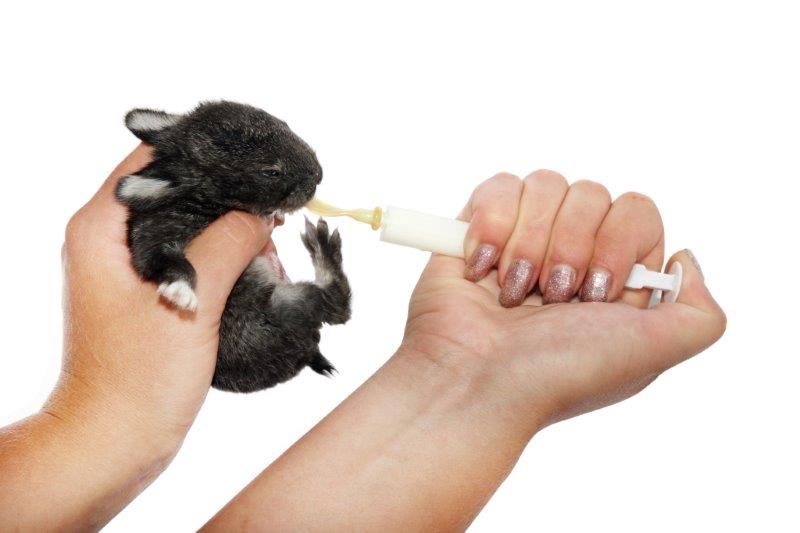
From the first to the fifth day of life, we feed 4-5 times a day, 1 ml of milk or formula. By the 5-6th day of life, if the animal is gaining weight well, defecates regularly and grows, its weight should exactly double. The weight of a newborn rabbit on average ranges from 40 to 80 grams.
Nutrient liquids should not be heated above 37 degrees. It is better to drink milk through a pipette or through a syringe without a needle. All manipulations must be carried out with clean hands, done in clean dishes.
5-14 days old
If you are successful in feeding milk to newborn rabbits, by 5 days of age, the babies will double their birth weight. From five days, pets are watered not 5, but 3 times a day, giving 25-30 grams of mixture or milk. This continues for about 14 days. By the end of the second week, the rabbits are already noticeably gaining weight, and they can be transferred to a two-time diet. The weight of such an animal during this period reaches 260 grams.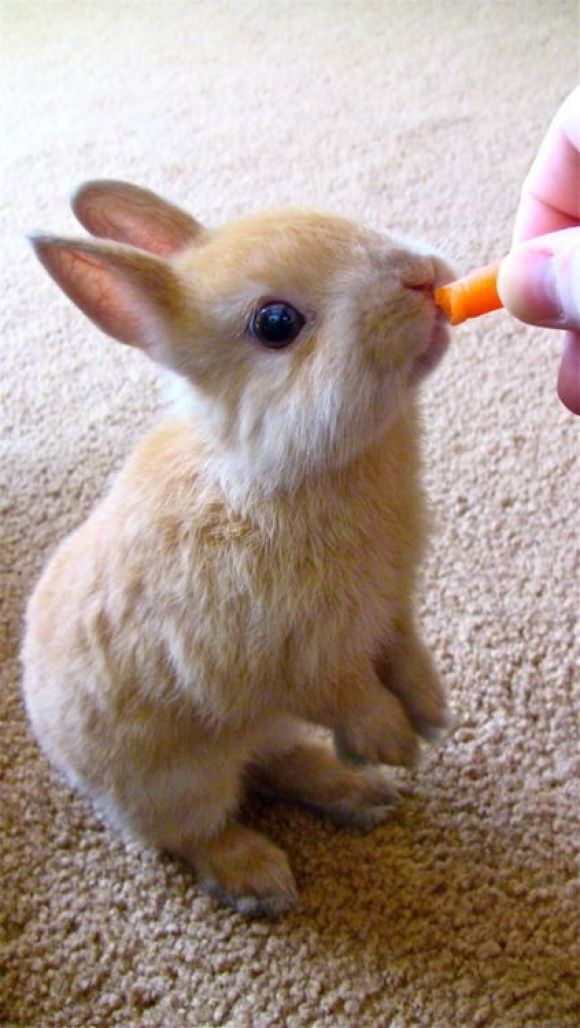
17-30 days old
Feeding rabbits at the age of one month is much easier than newborns. By the month the animal gets stronger, weighs about 500 grams, and sometimes more. From 17 days of age to 30 days from birth, most of the milk teeth are replaced by molars in pets. If the animal is healthy, it is actively interested in new food: vegetables, grass, it can eat hay, dry oatmeal, a mash of milk porridge. The diet at the age of one month is two times a day, many breeders exclude milk and mixtures after a 30-day milestone.
When to switch to an adult diet?
Rabbits can and should be introduced to an adult diet from 30-45 days, similar to the period when they are weaned from their mother. Dairy feeding at this time is a controversial issue. Some people advise not to remove milk, but if your babies are large and healthy, feel free to remove this product. The adult diet is very diverse, these are root crops, vegetables, fresh green grass, hay, special rabbit feed, oats. After a dry meal, you can give wet food, root vegetables or vegetables.
After a dry meal, you can give wet food, root vegetables or vegetables.
Why is it necessary to moisten food and mix dry and wet foods? Dry food irritates the rabbit's respiratory tract, especially during growth.
Video "How to feed a rabbit with a syringe"
Informative video about how rabbits eat from a syringe. The babies in the video are 3 weeks old.
How and with what to feed newborn rabbits
Tips for the housewife
Contents of the article:
- How to feed newborn rabbits
- Video
Newborn rabbits need milk
- Photos
- Getty
With a responsible approach and a lot of patience, this is quite possible. First of all, you need to decide on the choice of food.
What to feed newborn rabbits? As a rule, the following is used for this:
- fresh cow's milk.
 This is the easiest option, but cow's milk is not fat enough for rabbits, so you need to dilute it in half with regular condensed milk;
This is the easiest option, but cow's milk is not fat enough for rabbits, so you need to dilute it in half with regular condensed milk; - Goat's milk is excellent for baby rabbits. It contains enough fat to meet the needs of the baby's body;
- powdered milk for animals. It can be purchased at a pet store. It is diluted according to the instructions.
The milk temperature must be measured before feeding. It should be 36-37 ° C.
The pet store also sells special feeding equipment, but you can get by with a pipette or syringe without a needle. Before the first use, they must be washed well and doused with boiling water.
It is very important not to overfeed the animals. For newborn rabbits, the daily dose is 5 ml, no more than 1 ml should be given per feeding. Thus, the diet is also established: babies eat five times a day.
When the rabbits are 7-10 days old, the daily allowance is doubled and is 10 ml. Two-week-old pups need 15 ml.



